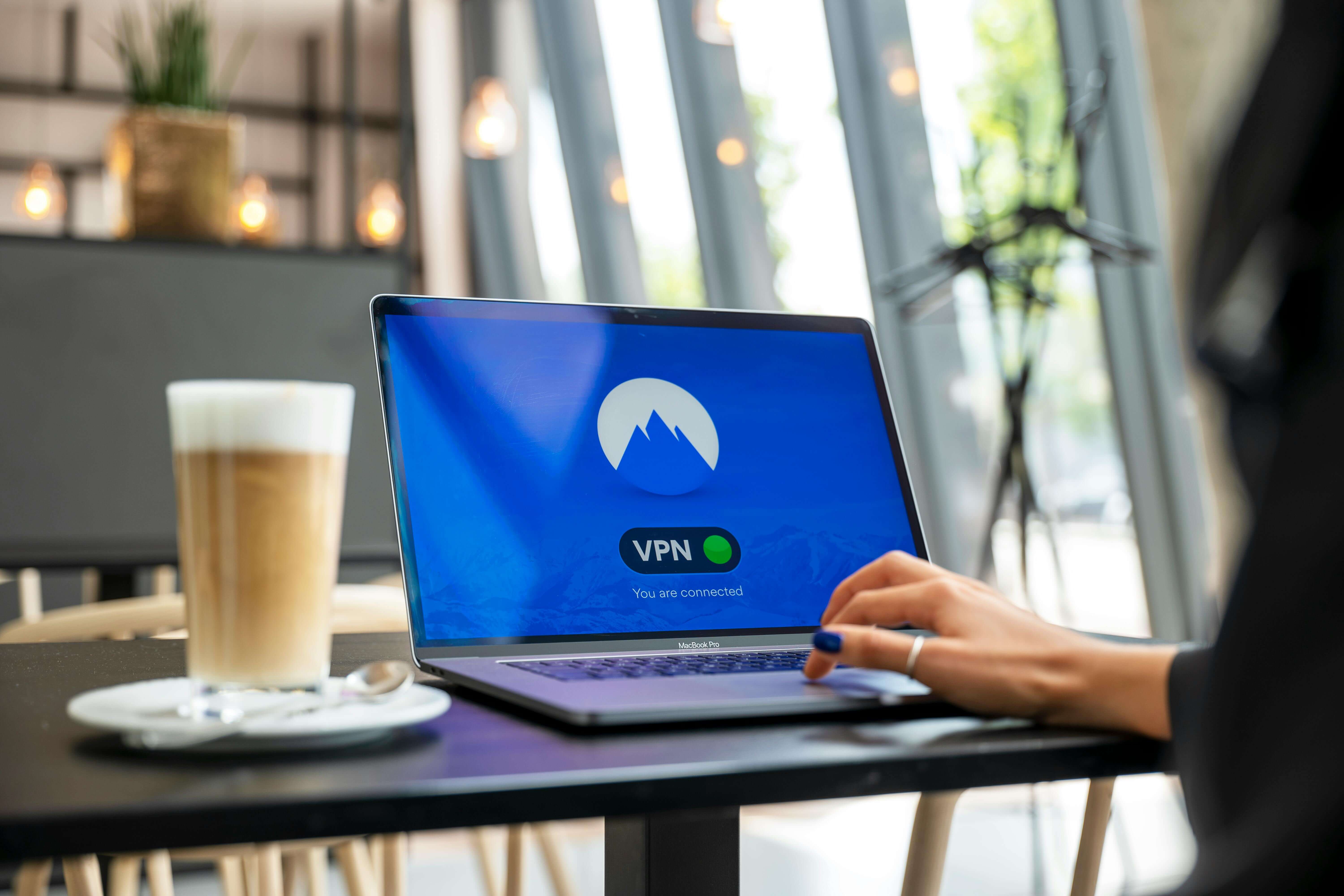.svg)
5G is the latest standard in cellular networking that is changing how businesses communicate with their customers and store and analyze data. The network has a lower latency, more reliability, and 200 times faster speeds than its 4G predecessor.
Let's examine other potential benefits of speedier connectivity for businesses transitioning to 5G.
Before we highlight the opportunities for businesses of 5G, here are some of its key statistics to note:
5G allows businesses to offer immersive experiences faster, more accurately, and reliably. This is because the increased bandwidth capability of the network enables larger downloads (10 Gbps) of data at near instantaneous response times.
By facilitating cloud application downloads, people can use these applications more frequently to perform complex tasks. The ability to access VR and AR applications concurrently also enables businesses to leverage applications for real-time collaboration.
For example, Arvizio, a company founded in 2016, developed a software platform to support spatial data formats and allow customers to view 3D models using AR/VR devices. Recently, Arvizio has harnessed 5G’s high bandwidth ultra-low latency capabilities to manage multi-user sessions and more efficient processing of sophisticated 3D models for VR and AR experiences.
The demand for edge-related services and 5G is growing to skyrocket as enterprise customers incorporate more use cases and applications that require data processing and storage at scale. 5G’s distributed architecture topology integrated with edge computing fills this gap by facilitating low-latency connections at the very edge of the network and customer premises.
Businesses can gain access to 5G’s dedicated spectrum, software resources, and communication hardware, allowing them to securely deploy a wide variety of use cases tailor-made to their specific customer needs.
A key use case is in digital factory twinning, a manufacturing process requiring massive bandwidth to facilitate frequent synchronization and instantaneous data processing. Such intricate performance is best leveraged using an enterprise application designed, hosted, and managed in a flexible 5G cloud infrastructure near or at the facility's premises.
Early generations of cellular data did not support network slicing, but with 5G, organizations can have virtual networks within the limits of a physical system. Each slice can have its own security rules, logical topology, and performance characteristics.
This segmentation is essential for businesses prioritizing access to a specific service or application. More importantly, with 5 G connections, your business can maximize network resources and increase its service flexibility.
5G is an ideal solution for IoT infrastructure due to its low latency and large coverage capability in the midband spectrum transmission. Businesses can leverage the potential of IoT in the following ways:
5G is the future of connectivity, and businesses have a fantastic opportunity to leverage its capabilities to maximize their full potential. The speed, reliability, scalability, and low latency combine to allow businesses to improve customer experiences, drive innovation, redefine productivity, and edge out competition in an ever-competitive business environment.
.svg)

5G is the latest standard in cellular networking that is changing how businesses communicate with their customers and store and analyze data. The network has a lower latency, more reliability, and 200 times faster speeds than its 4G predecessor.
Let's examine other potential benefits of speedier connectivity for businesses transitioning to 5G.
Before we highlight the opportunities for businesses of 5G, here are some of its key statistics to note:
5G allows businesses to offer immersive experiences faster, more accurately, and reliably. This is because the increased bandwidth capability of the network enables larger downloads (10 Gbps) of data at near instantaneous response times.
By facilitating cloud application downloads, people can use these applications more frequently to perform complex tasks. The ability to access VR and AR applications concurrently also enables businesses to leverage applications for real-time collaboration.
For example, Arvizio, a company founded in 2016, developed a software platform to support spatial data formats and allow customers to view 3D models using AR/VR devices. Recently, Arvizio has harnessed 5G’s high bandwidth ultra-low latency capabilities to manage multi-user sessions and more efficient processing of sophisticated 3D models for VR and AR experiences.
The demand for edge-related services and 5G is growing to skyrocket as enterprise customers incorporate more use cases and applications that require data processing and storage at scale. 5G’s distributed architecture topology integrated with edge computing fills this gap by facilitating low-latency connections at the very edge of the network and customer premises.
Businesses can gain access to 5G’s dedicated spectrum, software resources, and communication hardware, allowing them to securely deploy a wide variety of use cases tailor-made to their specific customer needs.
A key use case is in digital factory twinning, a manufacturing process requiring massive bandwidth to facilitate frequent synchronization and instantaneous data processing. Such intricate performance is best leveraged using an enterprise application designed, hosted, and managed in a flexible 5G cloud infrastructure near or at the facility's premises.
Early generations of cellular data did not support network slicing, but with 5G, organizations can have virtual networks within the limits of a physical system. Each slice can have its own security rules, logical topology, and performance characteristics.
This segmentation is essential for businesses prioritizing access to a specific service or application. More importantly, with 5 G connections, your business can maximize network resources and increase its service flexibility.
5G is an ideal solution for IoT infrastructure due to its low latency and large coverage capability in the midband spectrum transmission. Businesses can leverage the potential of IoT in the following ways:
5G is the future of connectivity, and businesses have a fantastic opportunity to leverage its capabilities to maximize their full potential. The speed, reliability, scalability, and low latency combine to allow businesses to improve customer experiences, drive innovation, redefine productivity, and edge out competition in an ever-competitive business environment.


